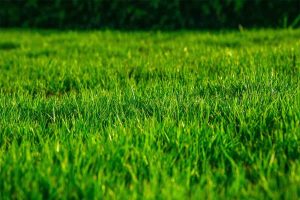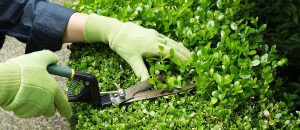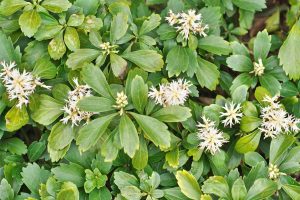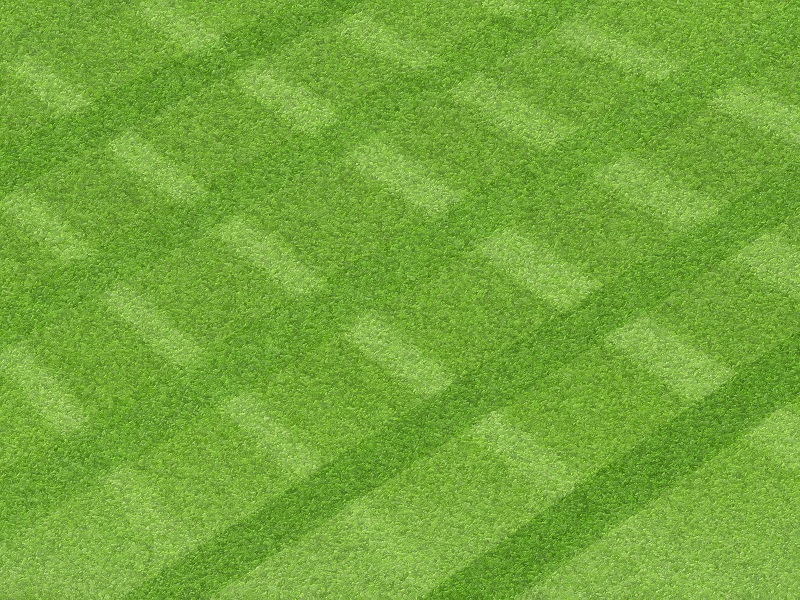
Do you want the most beautiful grass in the neighborhood? Follow our 7 turf preparation and maintenance tips to get the lawn of your dreams. You will become an expert to maintain this beautiful green carpet. Watering, ideal mowing, fertilization with fertilizers, and much more!
After cleaning and aerating your lawn, the time has come to maintain this beautiful green carpet. To make it the most beautiful in the neighborhood, here are 7 tips to maintain it perfectly!
1. Analyze the pH of your soil
Ideal time: spring, summer, or fall. The important thing is that the ground is not frozen.
For a green and healthy lawn, the pH of your soil must be neutral (between 6.5 and 7). Several garden centers or big box stores offer different kits to analyze it. The Quebec Ministry of Agriculture, Fisheries, and Food (MAPAQ) also offer 3 in-house tests to determine the pH of your soil. In all cases, take soil about 30 cm deep.
A. With litmus paper
In a clean container, mix the soil with deionized water and dip a piece of litmus paper. If the paper turns red, your soil is acidic. If it turns blue, your soil is alkaline.
B. With baking soda and vinegar
Separate your soil into 2 samples. Mix the first with water before sprinkling with baking soda. If you see small bubbles, your soil is acidic. Mix the second soil sample with the vinegar. If bubbles appear, your soil is alkaline.
C. With red cabbage
Chop the red cabbage and boil it in a pan of water. Then pour the earth into the water. If the water does not change color , the pH of your soil is neutral. If the water turns pink, your soil is acidic. If it turns blue or green, your soil is alkaline.
Acid soil interferes with grass growth and promotes mushroom growth while an alkaline soil will be harder to work with and will take longer to thaw in the spring.
2. Restore the pH of your soil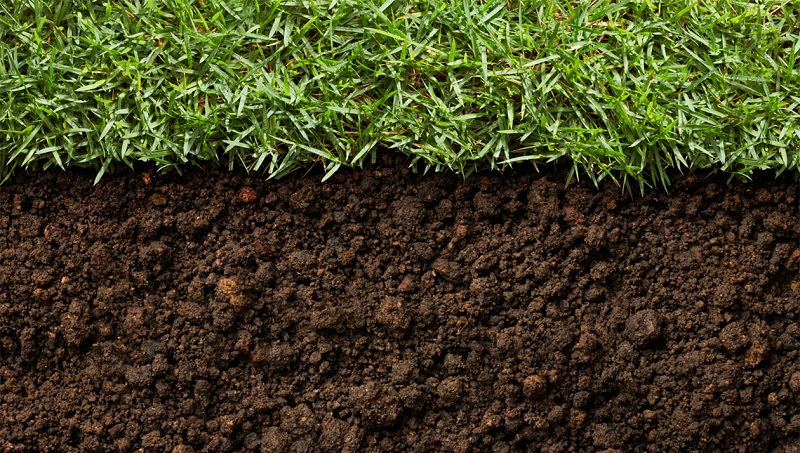
Ideal time: spring or autumn
Lime for acidic soil
If the soil is too acidic (pH lower than 7), you can correct it by spreading lime using a fertilizer spreader. Lime takes a long time to work. Apply it in spring for results before fall or fall to see changes the following spring.
Organic matter for an alkaline soil
Restoring the pH of alkaline soil can be difficult (pH higher than 7). The best solution is to add organic matter (compost, plant waste, dead leaves, etc.) to your soil.
3. Repair the damaged lawn
Ideal time: spring or autumn
If your lawn is damaged, the top dressing can resolve many concerns. To make the repair:
- Air the ground
- Spread a layer of 1 cm or less of potting soil (compost, garden soil or peat moss) on the lawn.
- Rake the potting soil down to the base of the lawn stems.
- Plant with lawn seeds suitable for the sunshine in the damaged area.
- Bury the seeds in the ground by tamping with your feet or with a lawn roller.
If the grass does not exist in places, you may need to install sod:
- Remove 2 cm of soil depth from the damaged section.
- Add some fertilizer and soil to the area to be repaired.
- Install the peat rolls.
- For large areas to be covered, you will have to pass a lawn roller over it to adhere to the peat to the ground and make the surface homogeneous.
In both cases, water the repaired area and keep it moist for about 2 weeks.
4. Mow the lawn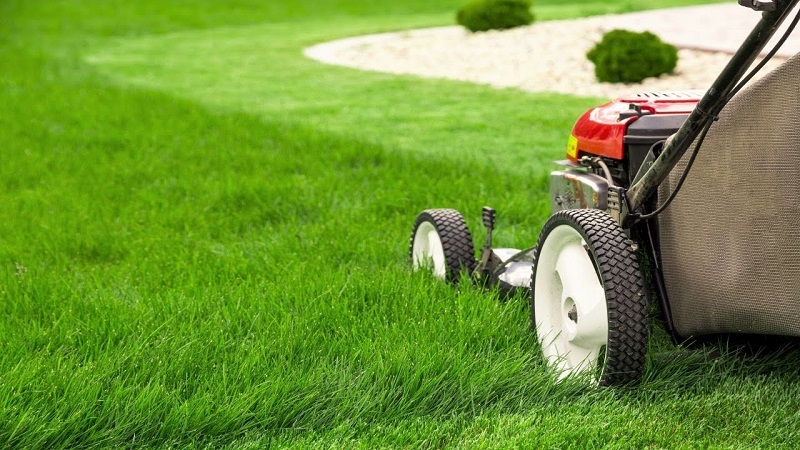
By following these few simple rules, you will achieve perfect mowing:
- Mow with a sharp blade so as not to tear the blades of grass.
- Never cut more than 1/3 of the height each time you mow.
- Leave the cut grass in place unless it is damp or full of weeds. It contains a lot of minerals and nutrients that are good for the lawn.
- Mow perpendicular to the previous mowing to prevent cut grass clippings from accumulating in the same places.
- Avoid mowing during a heatwave.
Ideal grass height after mowing
For a better appearance and better resistance to diseases, the height of the lawn is important depending on the season.
5. Water the lawn
Ideal time: summer
In the morning between 4 a.m. and 10 a.m. or in the evening between 8 p.m. and 11 p.m., this is the best time to water and prevent the water from evaporating before entering the soil. Also, check the watering by-law in your municipality: it could be prohibited on certain days and during certain periods.
6. Fertilize the lawn with fertilizer
Ideal time: spring, summer, and fall
If your lawn is already beautiful and to your liking, fertilizer is not necessary. Otherwise, apply a mixture of natural fertilizer adapted to the season. The fertilizer bags contain 3 nutrients that the lawn needs:
- Nitrogen (N): facilitates growth and greening.
- Phosphorus (P): increases root growth.
- Potassium (K): promotes resistance to disease and cold, and helps dormancy.
The percentage of these 3 elements is indicated on the fertilizer bag by a number. For example, a 4-8-14 fall fertilizer contains 4% nitrogen, 8% phosphorus and 14% potassium. A summer fertilizer would rather be at 18-4-7.
7. Prevent insect and weed attacks on the lawn
Ideal time: spring, summer, and fall
If you follow our advice, you should not be visited by weeds and unwanted insects. But if they get to your lawn anyway, be aware that a thick and supplied lawn greatly reduces their risk of occurrence. Aerate, oversees, and do not cut the grass too short: this is the key to success!
For all your landscaping work, consult the list of our rental equipment for professional work. Good maintenance!
You may like to read- http://www.lsdaynursery.com/

